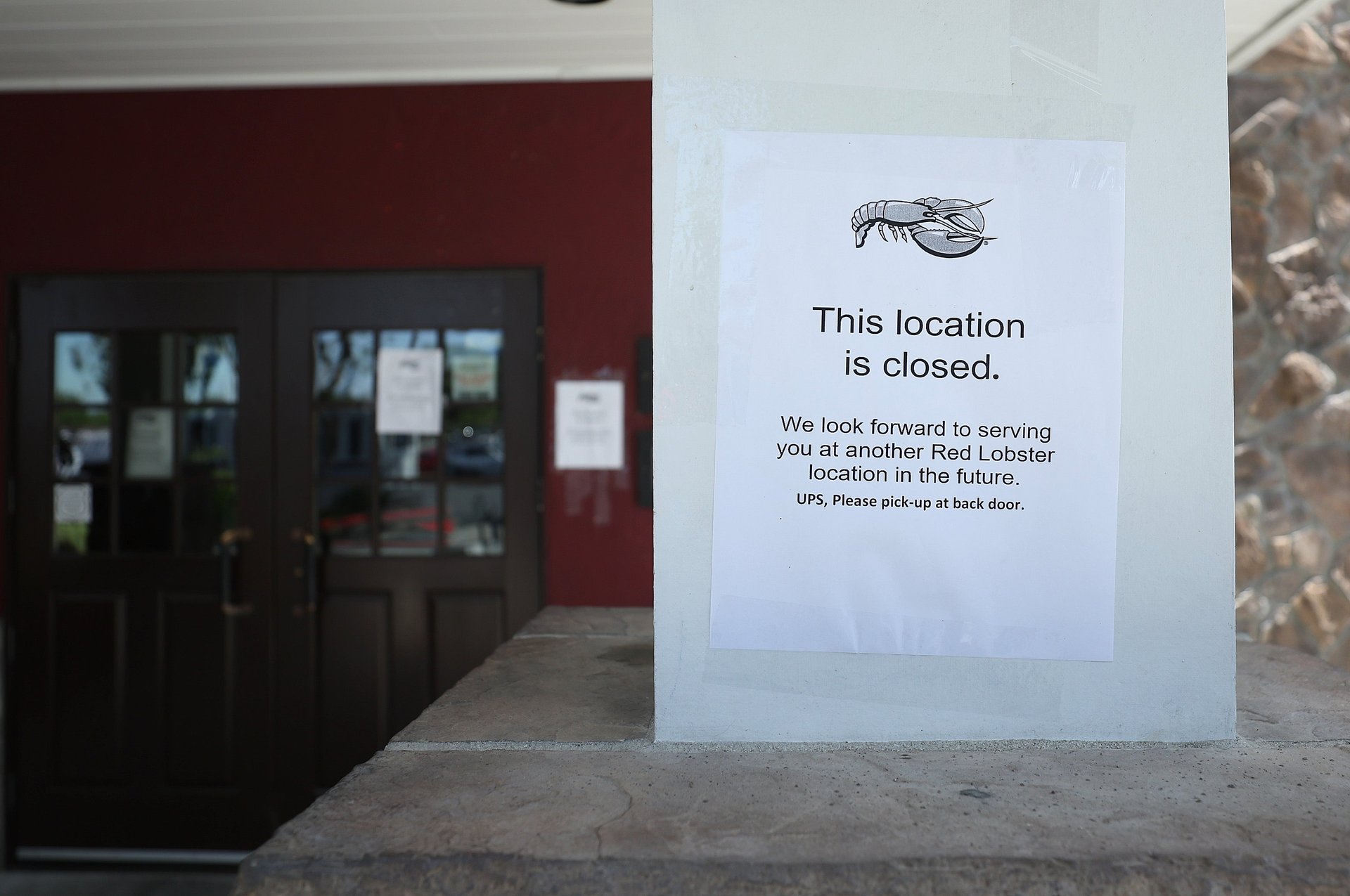Red Lobster files for bankruptcy but its locations will stay open
The world's largest seafood restaurant chain plans to hand control over to its lenders

After more than half a century of selling Americans affordable shrimp and lobster, the world’s largest seafood restaurant chain filed for bankruptcy protection on Monday.
Suggested Reading
Red Lobster said it has assets and liabilities of between $1 billion and $10 billion, according to its bankruptcy petition. The company has entered a “staking horse agreement,” meaning it plans to hand over control of the company to its lenders, who agreed to provide $100 million to support the company through the process.
Related Content
The Orlando, Florida-based company had already closed dozens of stores earlier this month after reports emerged that it would be filing for Chapter 11 protection. Red Lobster operates over 700 restaurants globally; it employs about 34,000 people in the U.S. and another 2,000 in Canada.
On Monday, the company said its remaining stores will stay open through the Chapter 11 process. “This restructuring is the best path forward for Red Lobster,” Tibus said in a statement. “It allows us to address several financial and operational challenges and emerge stronger and re-focused on our growth.”
Red Lobster has struggled to get past its “zombie brand” persona. In March 2024, the company appointed Jonathan Tibus as its new chief executive officer. Tibus, who was previously the CEO of New American restaurant chain Kona Grill, has decades of company improvement plan experience.
Red Lobster owner Thai Union Group is planning to sell its remaining stake in the seafood chain by the end of the year. The Thailand-based company said it “continues to explore options for the exit,” and is “actively engaged” in negotiations with potential buyers to sell its 49% share of the business.
Thai Union had high hopes for Red Lobster. In 2016, it paid $575 million, about a 25% stake, into Red Lobster. In 2020, it nearly doubled on that investment and upped its stake to 49%, making it a majority owner.
But inflationary pressures and high labor costs have whittled down the company’s coffers. Red Lobster lost $76 million in its last fiscal year.
Last fall, the company lost millions of dollars on its Ultimate Endless Shrimp promotion, which gave customers as much shrimp as they wanted for just $20. Although restaurant traffic increased, Thai Union CFO Ludovic Garnier told investors “we don’t earn a lot of money at $20.”
—Francisco Velasquez contributed to this article.
